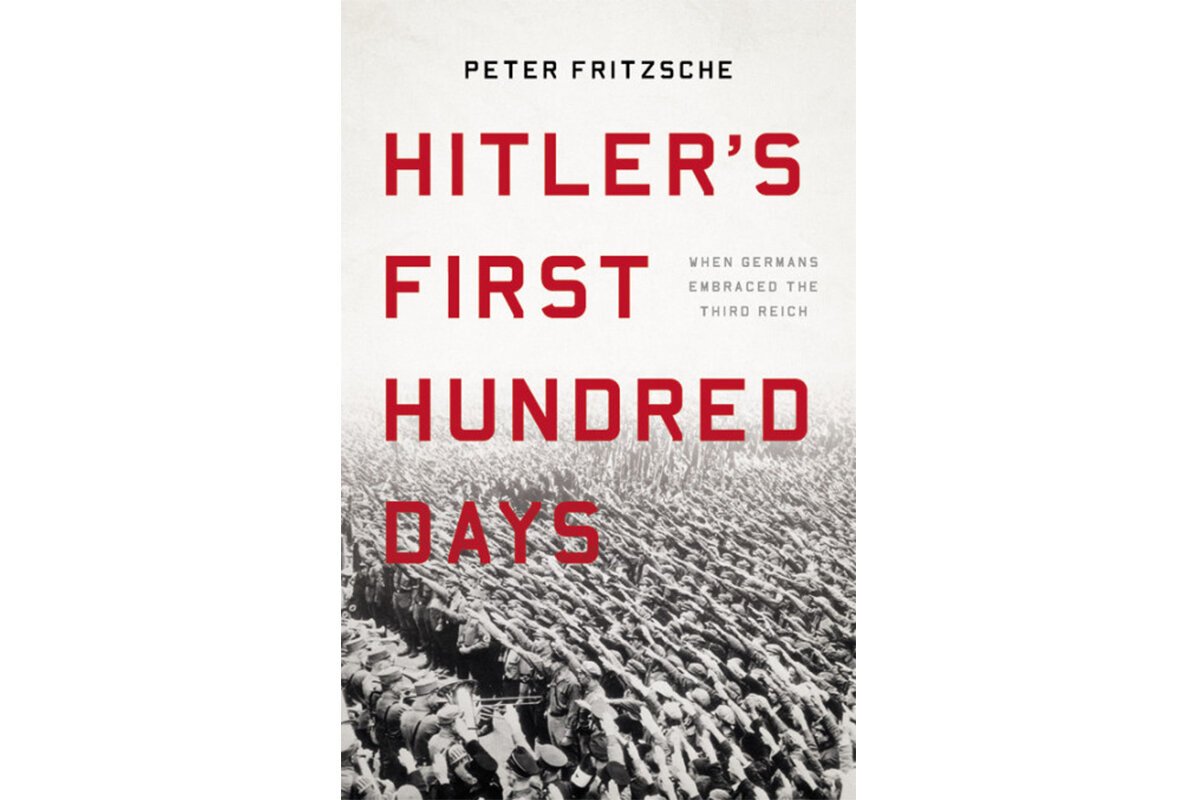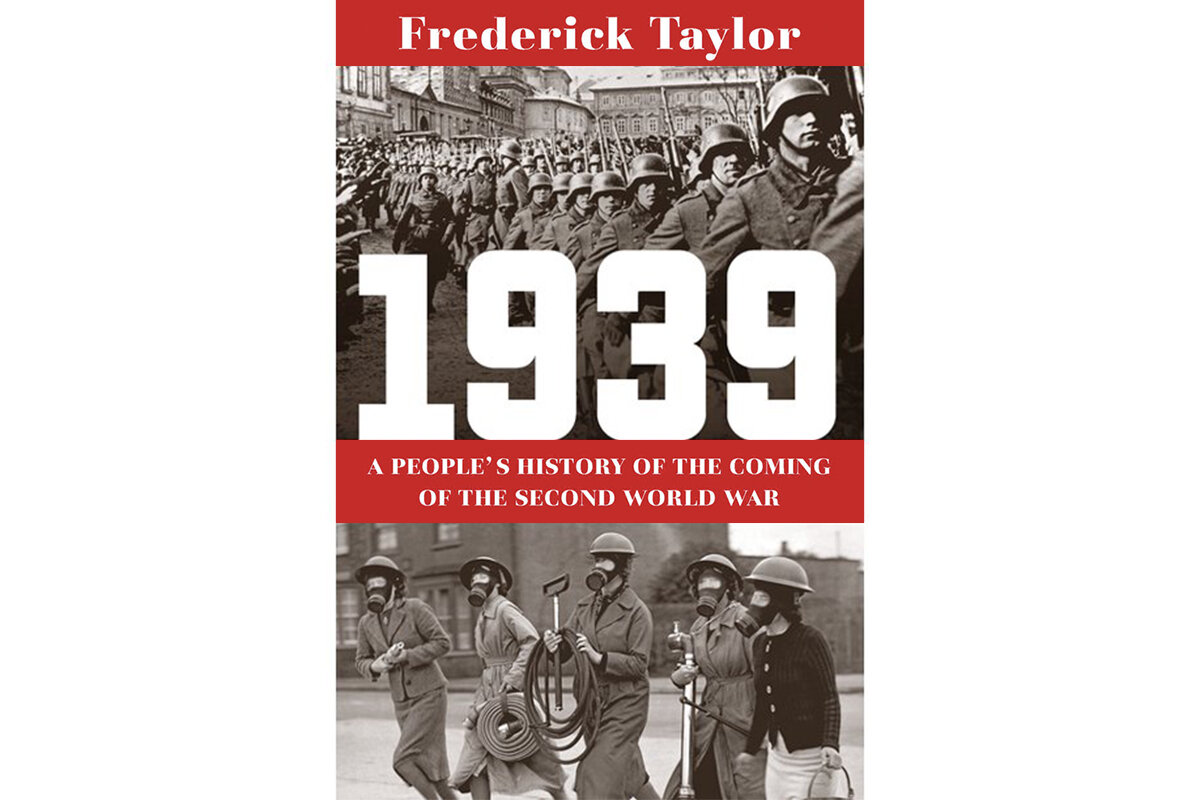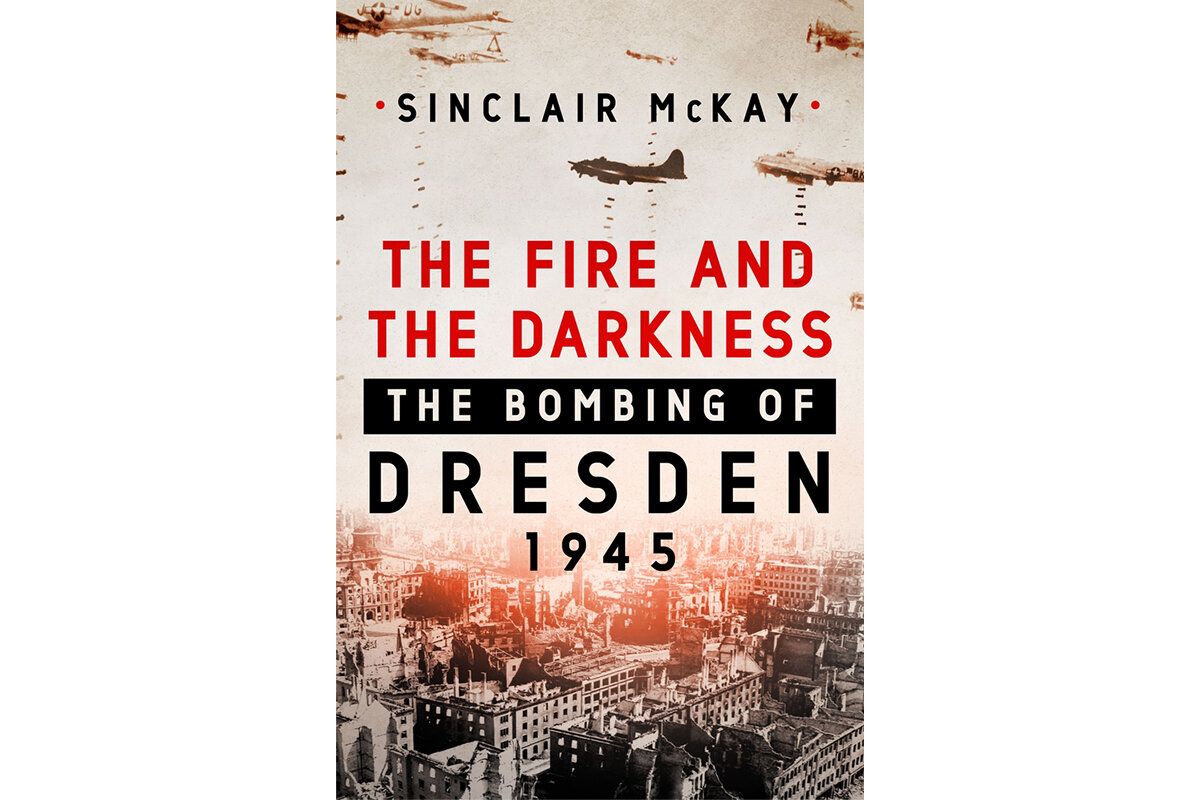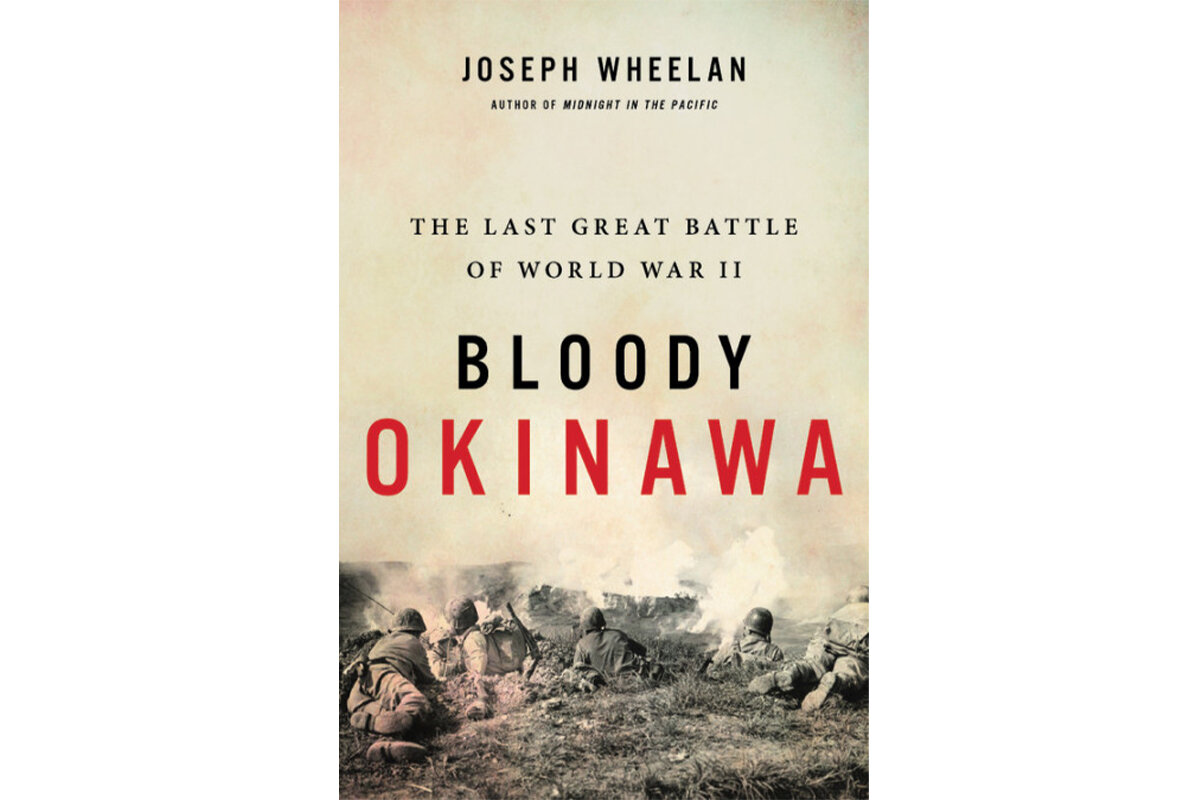Before history devolves into mythology: 2020’s best books on World War II
Loading...
The scope of World War II still has the power to stagger the imagination, even 75 years after its end: More than 30 countries were drawn directly into hostilities that took the lives of between 70 million and 85 million people and reshaped vast swaths of the world.
Books about the war are perennially popular, and publishers leaped to provide books for this anniversary year. The new titles include examinations of cultural changes, military history (which has always been the backbone of World War II studies), and hefty biographies of key players.
University of Illinois professor Peter Fritzsche’s “Hitler’s First Hundred Days: When Germans Embraced the Third Reich” is a brilliant, quietly horrifying new anatomy of precisely how Germany went from a traumatized and fragmented republic to a Nazi dictatorship, and the extent to which the much-debated “ordinary German” was an enthusiastic participant. (The latter was also the subject of historian Robert Gellately’s excellent book “Hitler’s True Believers: How Ordinary People Became Nazis.”)
It’s been the essential question in the study of Nazi Germany: How did this happen? How did the educated, cultured, liberal population of a leading European nation come to embrace the vicious, anti-Semitic, violence cult of the Nazi Party? How did ordinary citizens live with themselves? How did they not rise up en masse and send the Nazis packing? How do we assess the culpability of an entire people?
Fritzsche’s 2016 book “An Iron Wind: Europe Under Hitler” was astute, and “Hitler’s First 100 Days” is equally good, although necessarily even more unsettling.
Long after Hitler consolidated power, the reality of the menace he represented is everywhere in “1939: A People’s History of the Coming of the Second World War” by Frederick Taylor, which bookends his excellent 2011 “Exorcising Hitler: The Occupation and Denazification of Germany.” Taylor’s latest starts with the flickering hopes sparked by the Munich Agreement and ends when those hopes were finally crushed by Germany’s invasion of Poland.
The portraits of British Prime Minister Neville Chamberlain and German dictator Adolf Hitler are expertly drawn, as are the dozens of supporting characters who hoped that desperate last-minute diplomacy – or acceding to some of Hitler’s territorial demands – might work to avoid a cataclysm. Once again, Taylor matches scrupulous research and formidable storytelling skills, this time to tell the story of the world teetering on a precipice before falling into all-out war.
World War II itself is represented every year by a variety of detailed military histories, and one of the best, and most disturbing, is Sinclair McKay’s “The Fire and the Darkness: The Bombing of Dresden, 1945,” a study of the ruinous Allied bombing of Dresden, Germany, in which nearly 2,700 tons of explosives were dropped on the city, killing as many as 25,000 people in terrifying firestorms. In just a handful of air raids, Allied bombers unleashed enough incendiary devices to turn whole city blocks into alien moonscapes, and the photos and firsthand accounts that emerged from these raids eventually dealt serious blows to the Allied leaders’ conception of the righteous war they told themselves they were waging.
Dresden has been extensively chronicled in books, such as Jörg Friedrich’s hugely influential “The Fire: The Bombing of Germany, 1940-1945” and A.C. Grayling’s penetrating ethical inquiry “Among the Dead Cities: The History and Moral Legacy of the WWII Bombing of Civilians in Germany and Japan.” McKay takes a dramatic, personal approach, bringing readers into the daily lives of Dresden citizens as an unthinkable amount of violence broke into their world.
Horrific violence is likewise the heart of the story told by prolific historian Joseph Wheelan in “Bloody Okinawa: The Last Great Battle of World War II.” Okinawa was the peak of the Pacific War’s savagery. More than 180,000 U.S. troops landed on Okinawa, only about 400 miles from mainland Japan, on April 1, 1945, and eventually met some of the fiercest resistance of the war from some 130,000 Japanese troops. For several months, these forces clashed, with hundreds of thousands of civilians caught between them. By the time the U.S. forces had declared victory, the battle itself had achieved an almost mythic reputation for bloodshed and casualties (more than 110,000 Japanese soldiers and likely as many civilians).
Wheelan makes the familiar case that the sheer extent of this violence helped convince the American military that an island-by-island invasion of Japan would be unacceptably costly – paving the way for the use of atomic bombs. But the main strength of “Bloody Okinawa” is the skill with which Wheelan humanizes his epic story, telling dozens of personal stories from all different sides of the battle.
No roundup of World War II books would be complete without the inclusion of one particular personal story: the life of the man who started it all. Hitler has been the subject of hundreds of popular and scholarly biographies, including the bestselling and much-recommended two-volume biography by Ian Kershaw.
After consulting a vast sweep of primary documents, German historian Volker Ullrich has chosen to take Kershaw’s approach, first with “Hitler: Ascent, 1889‑1939” in 2017 and now with his big concluding volume, “Hitler: Downfall, 1939-1945,” which was translated by Jefferson Chase. Ullrich’s first volume was a weirdly spellbinding psychological study of its main character; “Ascent” was a marvelously claustrophobic drama of a damaged young man gradually warping into a monster.
That same personal focus sometimes falters in this second volume, mainly because “Downfall” by necessity cannot possibly be a personal story. By 1939, Hitler was Germany, and Germany was Hitler. “Downfall” is necessarily a history of the war in Europe, and since that history sprawls far beyond a dictator issuing insane orders from a bunker, “Downfall” can sometimes have a slightly distracted feeling. The psychological insights are every bit as sharp as those in the first volume, however, and the claustrophobia is every bit as effective.
These are all impressive entries for any publishing season, outstanding even in a schedule filled with battle studies, cultural analyses, and full-dress biographies of generals, politicians, presidents, and dictators. The U.S. Department of Veterans Affairs estimated in 2019 that little more than 389,000 of the 16 million Americans who served in World War II were still alive; the war is quickly receding from memory into history.
Works like the ones gathered here, grim as they are, serve an ultimately hopeful purpose: They stand guard over the facts and ward against the growth of mythology. These anniversary observations serve a purifying role and they honor the past by challenging it. Next year marks the anniversary of America’s entry into the war. It’s a subject filled with conflicting views and dark corners of moral ambiguity. All the more reason to bring on the books.










